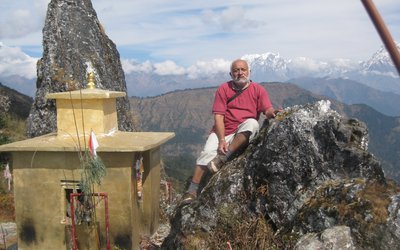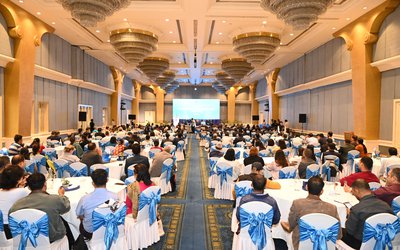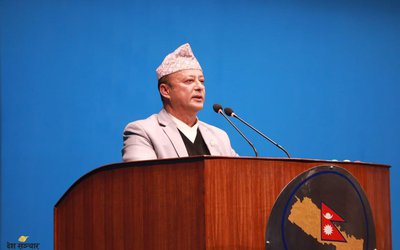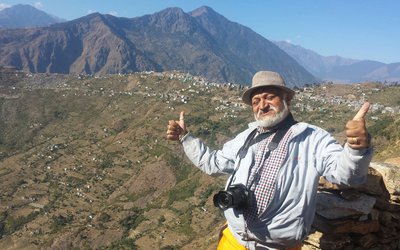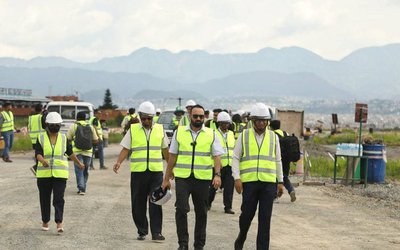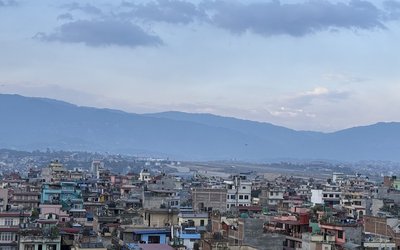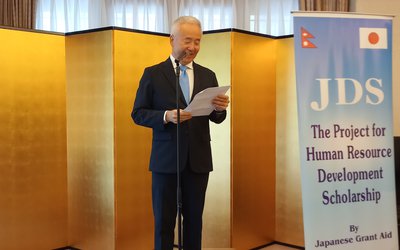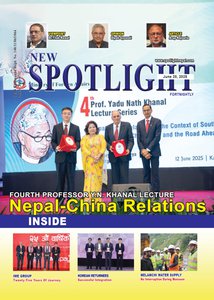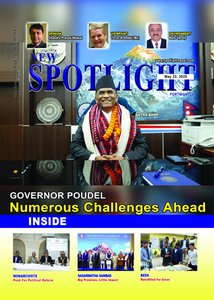An excessive and persistent fear of something that poses little or no danger, often leading to significant distress and avoidance behaviours is termed as phobia. This write up is about the northern end of the runway at TIA, normally referred as‘RWY20’ or ‘20’, that has been shunned by jet aircraft for landings since quite long. And the issue was also briefly dealt in my previous piece titled “Putting Foot Down”. In sum, airlines are seen to be showing extreme apathy toward its use, even if landing there would have been the right thing to do. As TIA has very limited options, being stubbornly stuck to one particular landing and take-off pattern does not bode well for airlines or even TIA.
Given the simplicity and convenience “straight in” landings tend to be the preferred choice at any airport. But when ground situation does not allow this, it gives rise to problem. It is, literally, like expecting to see a legendary “one trick pony “to perform a different trick. Being only proficient in one area makes them less effective in situations that require a broader range of skills. Not using ‘20’ for landing when‘02’ becomes unusable creates an identical situation. It is the airline, not the pilots, that should share the blame for prolong holdings as it can even, at times, lead to diversions.
As most arrivals at TIA tend to be from south, landing from ‘02’ (south end) becomes ideal while landing from north-end (20) requires aircraft to reverse the direction of flight by making a semi-circle track to align with the runway before landing. This is termed as “circling approach” in aviation parlance.
On one afternoon of 6thJune some five narrow bodies were stacked in the holding pattern all because the tailwind for ‘02’ landing was said to be blowing well above the permissible limit. This is quite understandable as maintaining of flight safety is paramount. Nothing wrong there, but what was surprising is why did they not use the other end for landing? It would have been an ideal situation to land against the wind by making circling approach as described. It was probably because of each airlines standard operating procedures (SOP) barred landing from north at TIA. If so those airlines should review their SOPs in tune with the availability of better and accurate satellite based procedures at TIA, unlike earlier years.
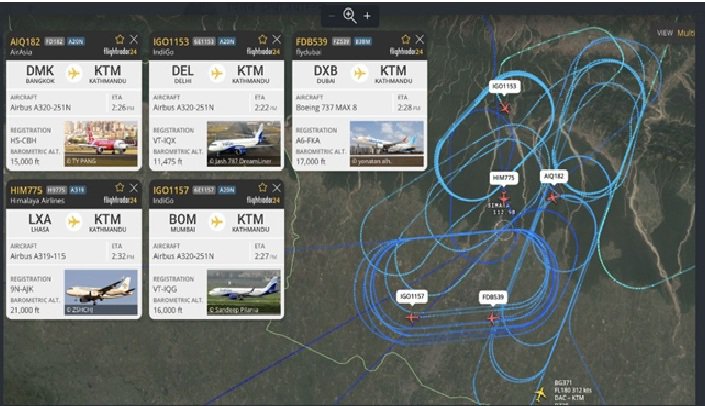
But it was surreal to see a Qatari Airways B787, a wide-body at that, making the first ever landing on runway ‘20’ following the, hitherto unused, RNP approach on 8 March. It is learnt that, after the said landing, the ATC on duty had asked the captain about his impression about the approach just made, he is said to have replied, in just one word, “beautiful”. They should have recorded a more detailed interview, but, anyway, the opportunity was missed. With this, we can now question the attitude of airlines especially those running narrow-body flights to TIA. Obviously, if a wide-body can make a circling RNP approach successfully then it would be less problematic for narrow-bodies to do so.
Happen to read a past discussion paper on circling approach which claimed that runway aligned approaches (straight in only) were some 25 times safer than circling ones. It listed two major, commercial aircraft accidents in the preceding two years that had304 fatalities in total. Be informed that it wasa‘2011’ paper, or of the period before the satellite based navigation system termed “required navigation performance” (RNP) was widely used or available. Making circling approach is much safer now given far reaching technological advancement made in navigation system.
It is, therefore, time to tell airlines, in no uncertain terms, that wanton long holding will not be tolerated at TIA any longer, if making a safe circling RNP approach is possible. Ask them to fly in ONLY IF they are capable of executing landings at both 02/20 ends, as the situation demands. It is not uncommon for airports to require crews to have specific trainings to fly in/out due to various site specific reasons. And as Kathmandu airport had long been labeled as a very “difficult” airport, makes it easier to impose such conditions. Aviation is not just about airline and pilots; we often disregard passenger psychology. Anyone who flies will surely desire an earliest exit from the claustrophobic tube. No use prolonging holdings for unjust reason like “unfavorable tailwind “when a safe alternative is just a runway length away at the other end. It will be best to provide adequate training to pilots, not chicken out, and go for the other end and land safely. Happy landing.
Hemant Arjyal can be reached at harjyal@yahoo.com
- A Gateway Called Wakhan
- May 02, 2025
- No Wonder, Its Mad March
- Mar 12, 2025
- The Pinhole Image
- Feb 04, 2025
- Not Just Deadline Overrun
- Aug 31, 2024
- The Rot Overhead
- Aug 03, 2024

